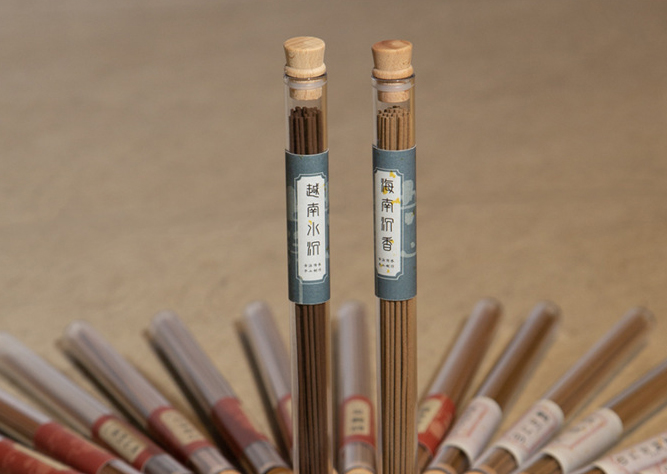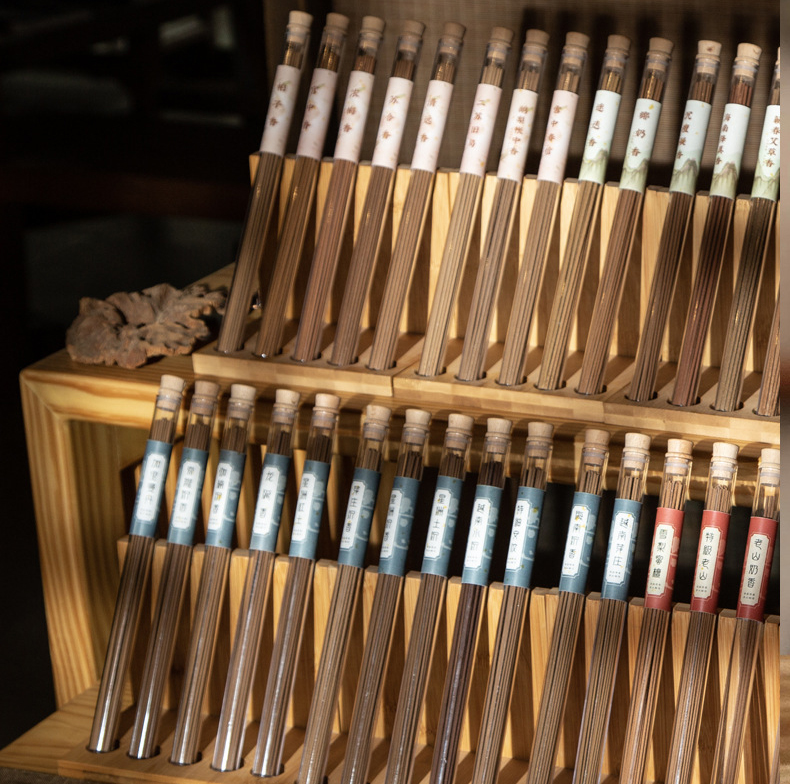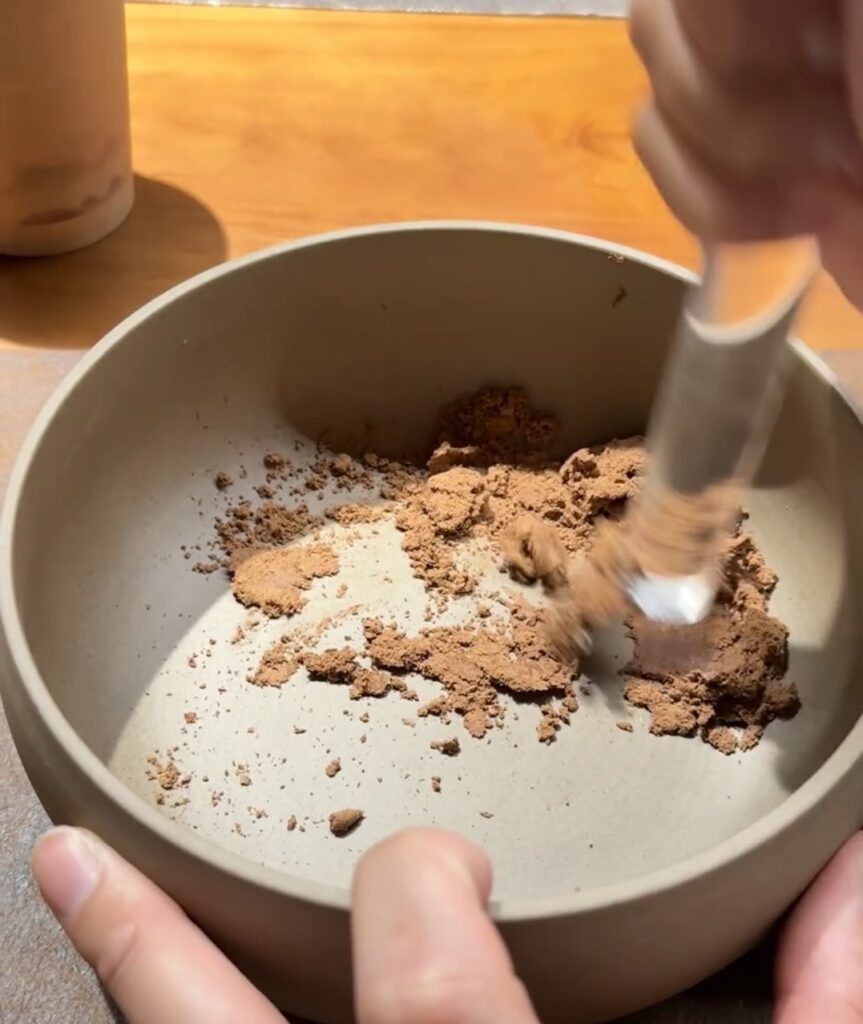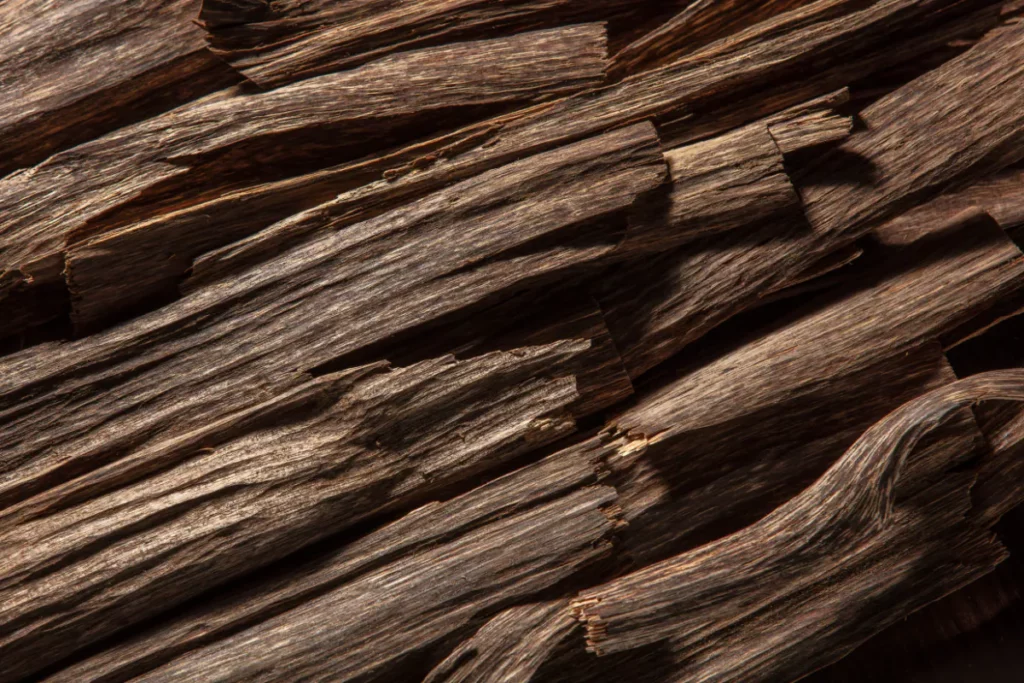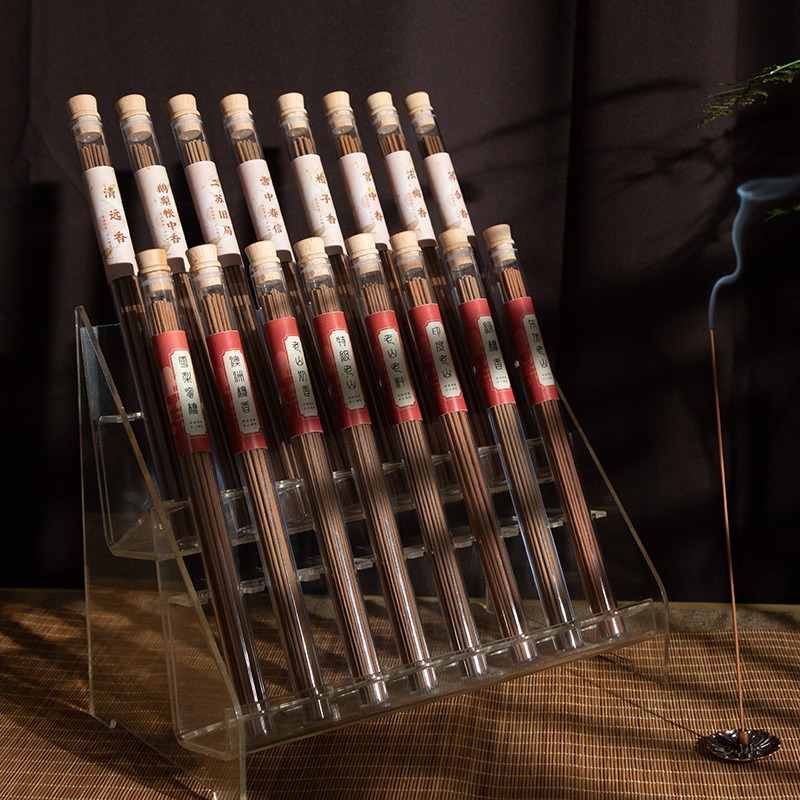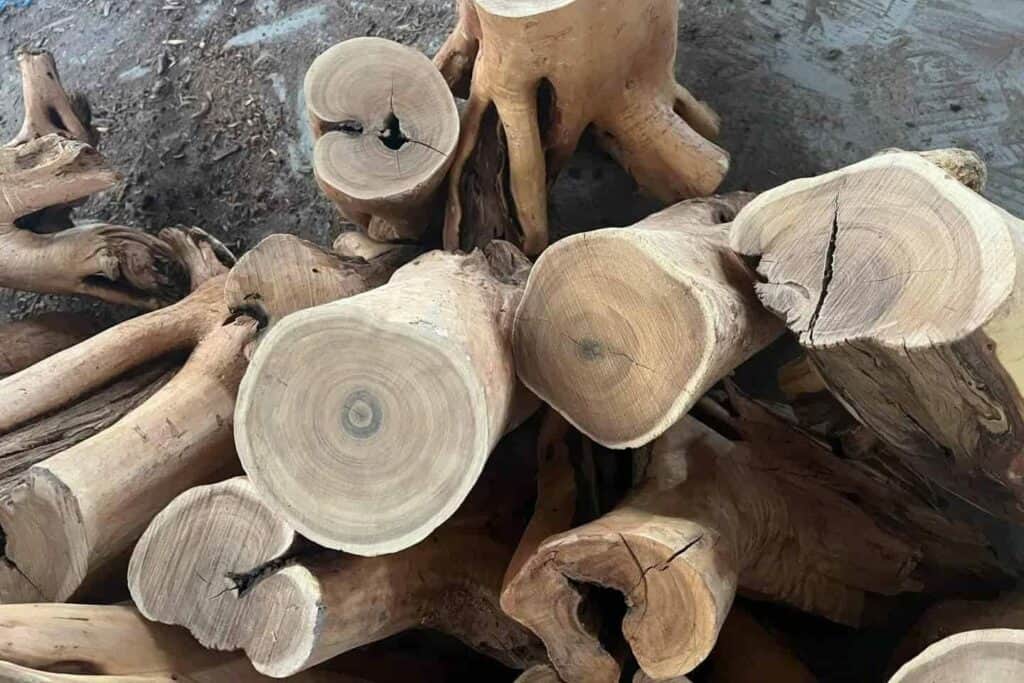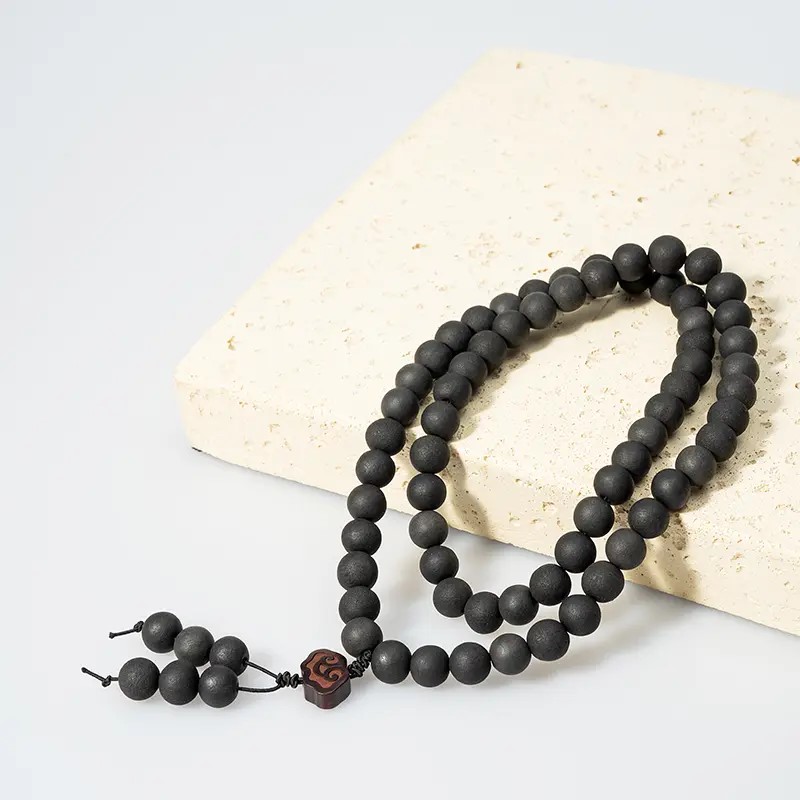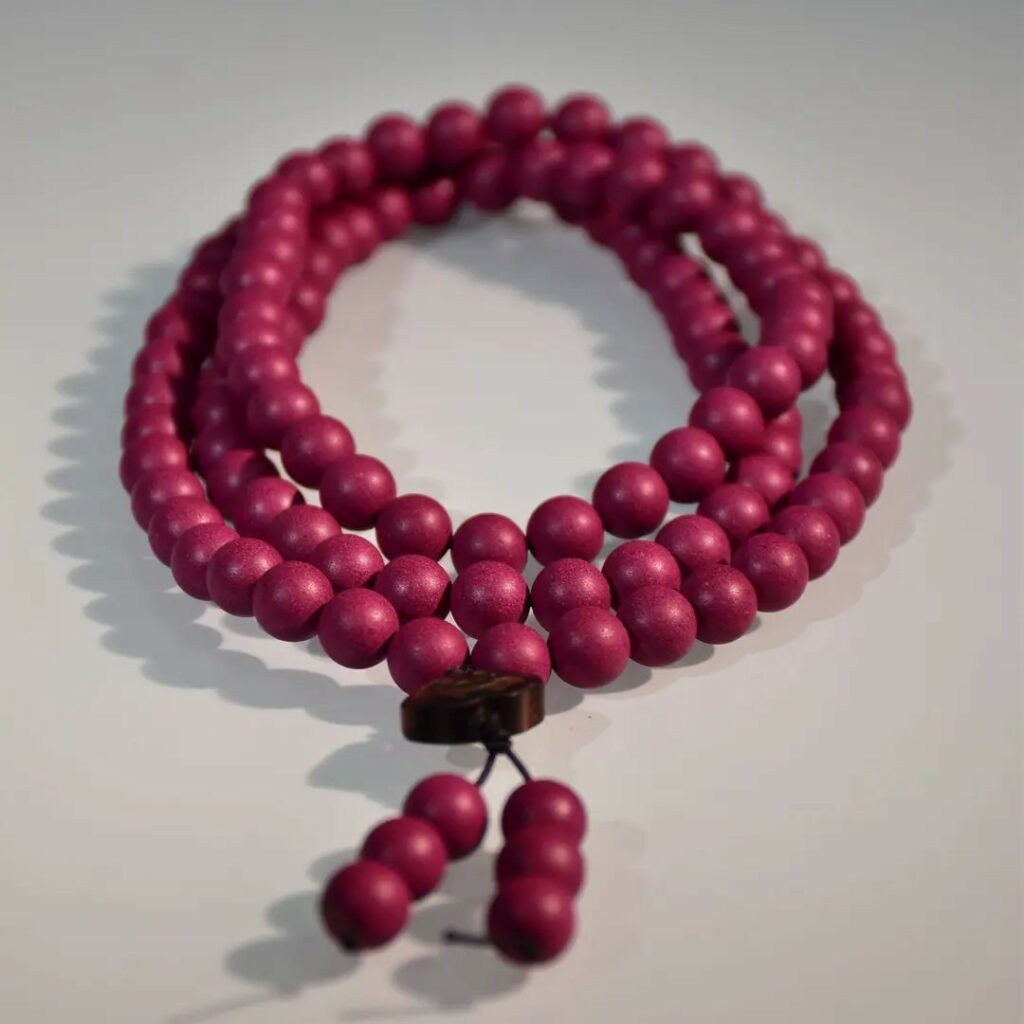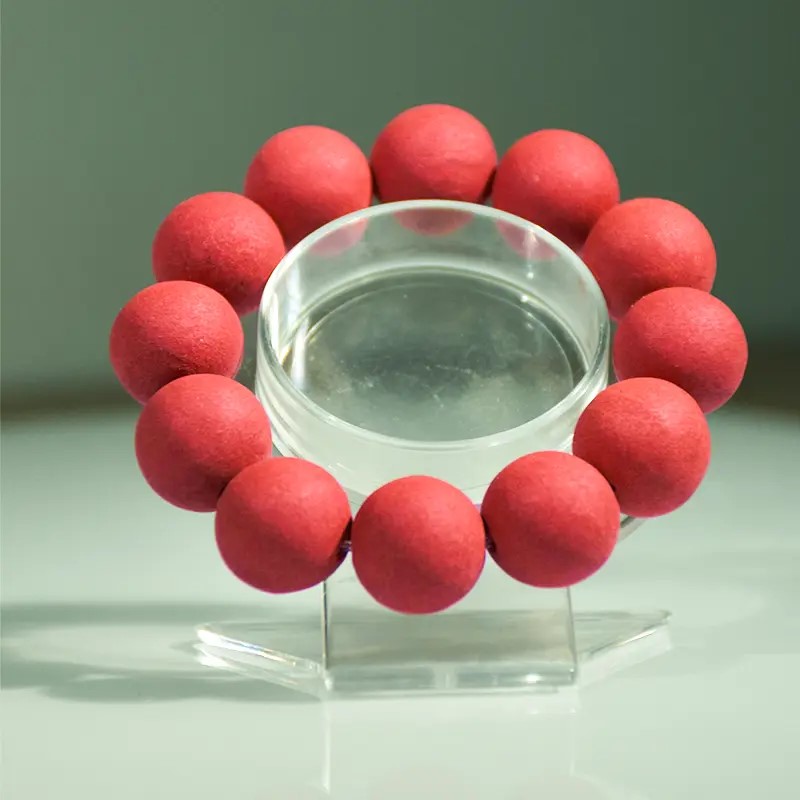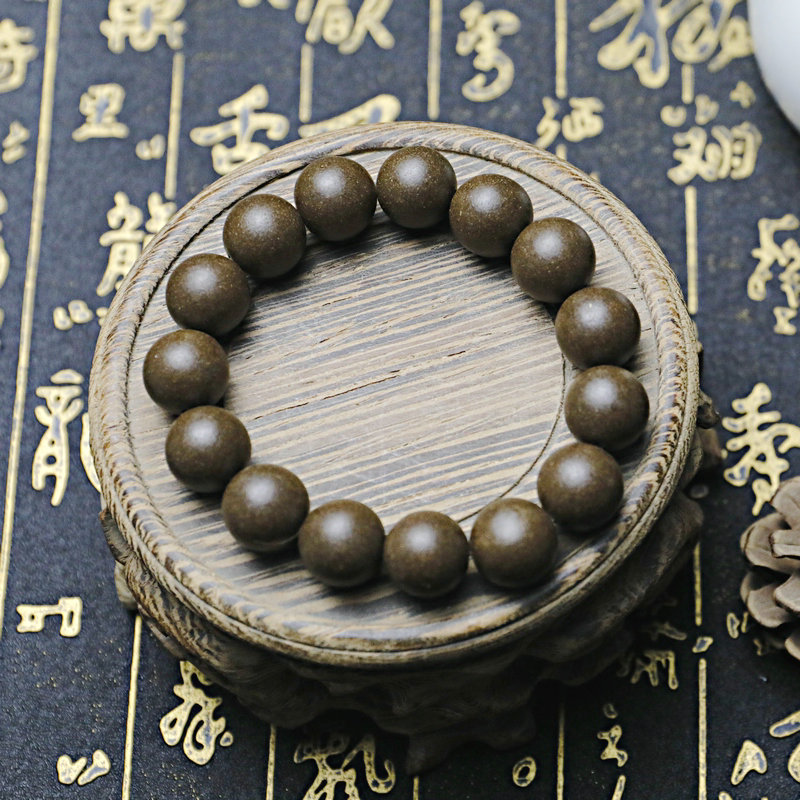The first thing you notice is not the smoke. It is the hush. A resinous hush that hovers just above the murmur of qin strings and the quick, bright clink of cups. The old censer glows. A faint ribbon rises, bends, and then the room changes. Not loudly. Not with the blunt singularity of one strong note. It changes the way dawn changes a courtyard, molecule by molecule, patient and persuasive. This is HeXiang, the classical art of blended incense. It is not a product so much as a way of thinking. The ancients brought it to their gatherings for the same reason they brought poems instead of slogans, the zither instead of the drum. Because harmony matters. Because complexity is more humane than simple force. Because the right Scented Incense can teach the mind to quiet down and the heart to open.
Why did they blend rather than burn a single aromatic log or stick. The literati answered with action, not manifesto. They mixed woods, resins, spices, and rare botanicals into a poised composition that shifted over time. Bright at first, then warm, then deep. They sought a fragrance arc, not a fragrant point. A chord, not a solitary pitch. They were not avoiding intensity. They were hunting for the kind of intensity that flows, that rises and falls like breath. That is precisely the rhythm Mindfulness craves.
Aesthetics of harmony and agency
Blending incense is an ethical choice disguised as fragrance. It says that beauty is not purity but relationship. In this practice, no single ingredient is allowed to bulldoze the space. Aloeswood may bring its dark velvet calm. Sandalwood may offer cream and latticework. Clove may spark the edges. Frankincense may lift the dome of the room. Yet the intention is never to let one dominate. Balance is the anchor. Mutual flourishing is the goal.
This aesthetic mirrors the values of the gatherings themselves. A good salon is not a lecture. It is a social mind, a living conversation that supports the shy guest, tempers the arrogant one, and coaxes something truthful from the whole group. HeXiang made the room think and feel the same way. You can smell that ethos. It is generous. It is composed. It is quietly brave.
There is also a practical side. A single-ingredient incense often fatigues the nose. The receptors adapt. Your attention slips, and suddenly you taste nothing. A well-constructed blend evolves in stages, issuing new cues to the senses when the previous ones begin to fade. The mind stays alert. Curiosity rekindles. The room breaths with you. That is how Scented Incense becomes a design for attention.
Seasonality and the intelligence of timing
The literati practiced a kind of meteorology of scent. Winter evenings called for warm, spicy, and resinous blends. Ginger whispering to cinnamon. A hint of benzoin, round and sweet. A dignified base of sandalwood or aloeswood. Summer afternoons asked for airy, lightly bitter notes that lift heat from the body. Citrus peel dried with patience. A flash of borneol for clarity. A breath of cypress or camphor leaf. Spring wanted a tender green line. Autumn preferred mellow depth.
This sensitivity to time and climate was not superstition. It was somatic wisdom. The body changes with the seasons. The mind too. Blended incense is a way to meet those changes with grace. The literati were in love with that grace. They called it balance. They taught it to themselves through scent long before the first meditation bell was struck.
Blended incense as a technology of Mindfulness
Meditation is often framed as a purely mental act. Sit down. Watch the breath. Be present. But human attention is woven from the body as much as from thought. Fragrance can help not by distracting, but by entraining. A good HeXiang recipe unveils top notes quickly, then deepens into middle tones, and finally settles on a base that remains steady. This arc lines up beautifully with a Mindfulness session.
Early minutes need invitation. A bright citrus peel or a soft resin beckons the nervous system to come home. Middle minutes ask for steadiness. Sandalwood and aloeswood provide a center that feels calm but alive. Late minutes benefit from grounding. Earthy roots and heavier woods make the attention sit more fully. In this way, Scented Incense is not background. It is a gentle guide dog for attention.
There is a second advantage. Scent is a powerful key for memory and emotional regulation. If you pair a specific HeXiang blend with a single practice every time, your nervous system learns the association. Soon, the first curl of smoke opens the same door in the brain. The breath drops into the body faster. The jaw unclenches. The inner weather settles. With patience, the blend becomes a ritual intelligence. The incense teaches the mind to return.
Traditional Chinese Compound Incense
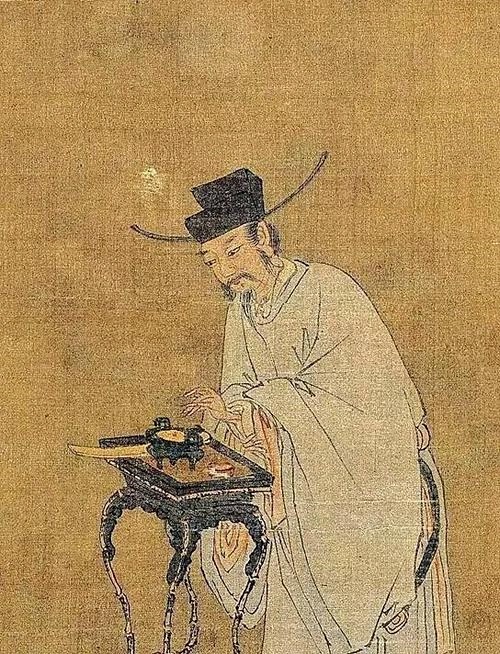
Traditional Chinese Compound Incense
The Delicate Art of Chinese aroma incense
Incense beads, or Chinese aroma incense beads , are far more than simple ornaments. These meticulously crafted spheres, born from the fusion of powdered precious woods, resins, herbs, and binding agents, represent a unique intersection of ancient Chinese fragrance culture, artistry, and contemplative practice. beads
Health supportive notes without the hype
Work with incense long enough and you notice the body’s opinion. Certain resins feel clearing. Some woods soothe. Spices warm and move stuck moods. Sandalwood often reads as calm and connective. Aloeswood can be reflective, almost contemplative, with a hint of gravity that quiets restlessness. Frankincense tends to lift fog and comfort the chest. Clove, cardamom, and a pinch of cinnamon feel invigorating. Citrus peels brighten. Cypress and pine settle cluttered thinking. None of this replaces medical care. It is gentle support in the domain of everyday regulation, which matters for Mindfulness.
Modern research has begun to peek into this ancient barn. Early studies suggest that some aromatic molecules may reduce markers of stress, nudge heart rate variability toward balance, and modulate brain rhythms related to relaxed focus. The science is young. What matters in practice is careful listening to your own response. Lower smoke methods, clean ingredients, and good ventilation are essential. The goal is clarity, not haze. The art is to give the lungs kindness while the mind receives the message.
Why a blend, not a single stick, at a gathering
At a gathering the fragrance must host the room. That is a big job. A single note can be striking, even noble, yet it often lacks the diplomatic flexibility the social space requires. Conversation rises and falls. Tea shifts from first pour to fourth. Poems bloom and then retreat into silence. The weather outside changes. A blended incense can bend with it all. It can greet guests at the door with grace, then step back while the music starts, then return to cradle a moment of stillness. It can be brighter when needed, quieter when needed, never pulling too hard on the attention.
Blending also displays knowledge. In the classical world, ingredients traveled along long trade routes and came with stories. To blend them well suggested study, curiosity, and a sense of proportion. You could tell, by the way a host warmed the censer or sifted ash to cradle the charcoal, whether they cared about detail. Care is contagious. It lifts the spirit of the room. It inspires better conversation, better art, better silence. That is not small. That is the core.
Scented Incense as a teacher of self
There is a paradox in Mindfulness. We are told to let go. Yet we need tools. HeXiang solves the paradox without hand-waving. It hands you a material craft that is also a mental craft. You learn to grind woods into fine powder with a mortar. Your hands smell like forests. You experiment with ratios. You make mistakes. Too much clove and the blend shouts. Too much resin and the censer chokes. You learn to let go of your big ideas and listen with your nose. That listening is Mindfulness in action. It is gentle, precise, and honest.
I remember one winter night when I thought I had mastered warmth. I kneaded a heavy, spice-forward blend that looked magnificent in the bowl. The fire caught, and so did my ambition. The room felt crowded within minutes. It was loud, pushy, almost aggressive. I had to open the windows to let the arrogance out. That failure taught me more than a dozen successes. It taught me to leave air in the blend. To make space for breath and silence. To trust the room, not just my intention. That lesson changed not only my incense. It changed the way I sit.
A practical approach for modern practitioners
If you want to combine HeXiang with Mindfulness, begin with simplicity. Pick three families of aroma that feel honest to you. A grounding wood. A steady resin. A bright companion. Experiment with proportions until the blend invites the breath rather than drags it. Keep a simple journal. Notice energy, clarity, and mood before and after practice. Adjust slowly.
Here are three ways to pair Scented Incense with meditation so that fragrance becomes a reliable ally rather than a distraction.
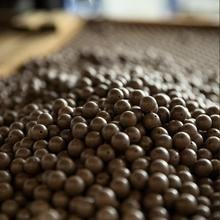


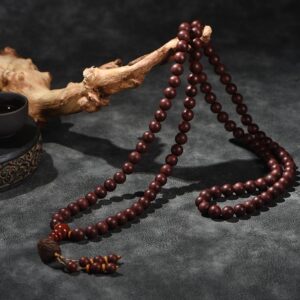
The three-phase scent ladder
First five minutes. Light and clarifying. A whisper of citrus peel or a gentle resin that does not overwhelm. The instruction is arrive.
Middle ten to twenty minutes. Calm and stable. Let sandalwood or aloeswood hold the center. The instruction is remain.
Last five minutes. Deep and grounding. A trace of earthy root or a darker wood to ease the landing. The instruction is return.
Breath-count intervals tied to fragrance cues
Choose a single blend that evolves clearly. Match breath counts to the shifts you sense. Twenty breaths in the top note. Forty in the heart. Twenty in the base. This turns scent changes into attention metronomes and builds steady concentration.
Memory anchoring for daily calm
Reserve one specific blend for one specific posture at one specific time of day. Use it only there. Over weeks, the scent becomes a doorway. On stressful days, a single whiff can recall the body to calm. It feels almost like grace. It is actually practice plus time.
Craft considerations for gentle, health-forward use
Blending is play, but it is careful play. Use clean ingredients and low-smoke methods whenever possible. Mica plate heaters and sub-charcoal warming help release fragile top notes without burning them. Ash beds in a censer can cradle a tiny ember that heats without scorching. If you use sticks or cones, choose unscented base materials and add your own blend so you know what you are breathing. Less is more. A quiet tendril of smoke can be far more effective than a massive plume.
Consider the season and the room. Dry rooms can amplify sharp notes. Humid weather can mute the bright ones. A small studio needs lighter blends than a large hall. Respect sensitivities. If someone in the group is reactive to smoke, move to a warming method that releases aroma without combustion. Above all, let the incense support the practice rather than steal the show.
Sample blend families for different intentions
These are families, not rigid formulas. Let them spark your craft.
Morning clarity
A light citrus peel for lift
A small measure of frankincense for focus
A gentle sandalwood base for poise
Result is brisk but not brittle, ideal for a short sitting before work
Evening release
A warm core of aloeswood
A touch of benzoin for softness
A whisper of clove to loosen mental knots
Result is deeper, rounding the edges of the day without dullness
Creative ignition
A resin that glows rather than smolders, such as frankincense
A green wood like cypress for movement
A trace of cardamom for sparkle
Result is alert, curious, and bright, perfect for journaling or composing
Beyond taste toward virtue
The ancient choice to favor blended incense over single-note incense says something courageous. It says that beauty emerges from relationship. It says that strength without tenderness is brittle. It says that a refined life is not the boast of one perfect ingredient but the choreography of many imperfect ones playing well together. This is not only an aesthetic. It is a form of training for the heart.
In Mindfulness we practice returning to the present with patience. In HeXiang we practice combining diverse elements with skill until they serve a shared purpose. The lessons match. They even deepen each other. Fragrance teaches the mind to notice subtleties. Meditation teaches the nose to trust quiet notes. Together they build a capacity that matters when life is rough. When anxiety spikes and your thoughts race like storms, a small ritual can be astonishingly powerful. Sift the ash. Warm the mica. Offer a pinch of powder to the heat. Feel your hands steady. Smell the first shy smile of the blend. You have already begun to soften the wave.
There will be days when the blend is wrong, or your mind will not settle, or a guest will fidget and cough. Do not give up. Adjust. Reduce the clove. Lift the resin. Try again. The path is not flat. It climbs, it dips, it surprises. That is the beauty. That is the work. And that is why the literati cherished Scented Incense. It is art you can hold. It is care you can smell. It is hope that rises, falters, and rises again.
A final meditation with the censer
Set your space. Make it honest. Not grand, not sparse. Just honest. Choose your blend and decide your intention. Light with care. Sit near enough to feel the texture of the air, not so near that you chase the plume. Because you are not chasing anything. You are letting yourself be found.
Now count three breaths with eyes open. Watch the curl of smoke organize its own life. Count three more, eyes half closed. Feel the body’s front soften, the back quietly lengthen. Count three more in silence, eyes closed. Let the blend teach you where it wants your attention. Does it ask for the nose, the heart, the belly. Follow that request for a few minutes. Then return to the breath with gratitude. Let the fragrance fade on its own schedule.
When the session closes, do not blow out the ember in triumph. Tidy the censer with a small bow to the ash. You practiced with a living thing. That thing made space for your Mindfulness. It also made a promise. Come back, and I will meet you in a new way. Come back, and I will change so that you can change. Come back.
This is why they blended. Not to decorate the air, but to tune it. Not to show off ingredients, but to let attention move with grace. The choice of blended incense over single-note incense at literati gatherings was a choice for harmony, subtle strength, and evolving presence. It revealed an aesthetic that loves the middle path without fearing intensity, that trusts balance without worshiping blandness. In our time, when minds are frayed and focus feels scarce, this old art still works. Scented Incense, chosen and crafted with care, turns a room into a vessel and the breath into a traveler. The traveler arrives. The room smiles. And for a little while, the endless noise outside steps back and lets us do the quiet, courageous thing. We pay attention. We begin again.
Why Did Ancient Chinese Imperial Courts Favor Scented Incense, While Commoners Preferred Single-Ingredient Incense?
Where Does the True Value of Chinese Scented Incense Lie: Ingredients, Craftsmanship, Historical Legacy, or Cultural Significance?
Why Scented Incense Made with Kyara and Premium Agarwood Is Regarded as a “Treasured Artifact” in Traditional Chinese Literary Gatherings
The Role of Scented Incense in Traditional Chinese Rituals, Zen Meditation, and Literati Gatherings
Regulating Emotion and Enhancing Cognitive Focus in Modern Fast-Paced Life Through Traditional Chinese Compound Incense
Resonance of Hexiang, Chado, and Kado: The Triple Realm of Eastern Aesthetics
#aroma beads #scented incense #incense beads #scented beads #aroma scents #wearable artwork #aromatherapy products #aromatherapy scents #peaceful mind #mindfulness meditation #mindfulness exercises #mindfulness #cured aroma beads #chinese beads #chinese prayer beads #Aromatherapy
